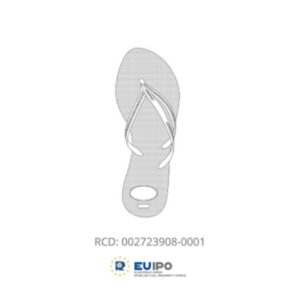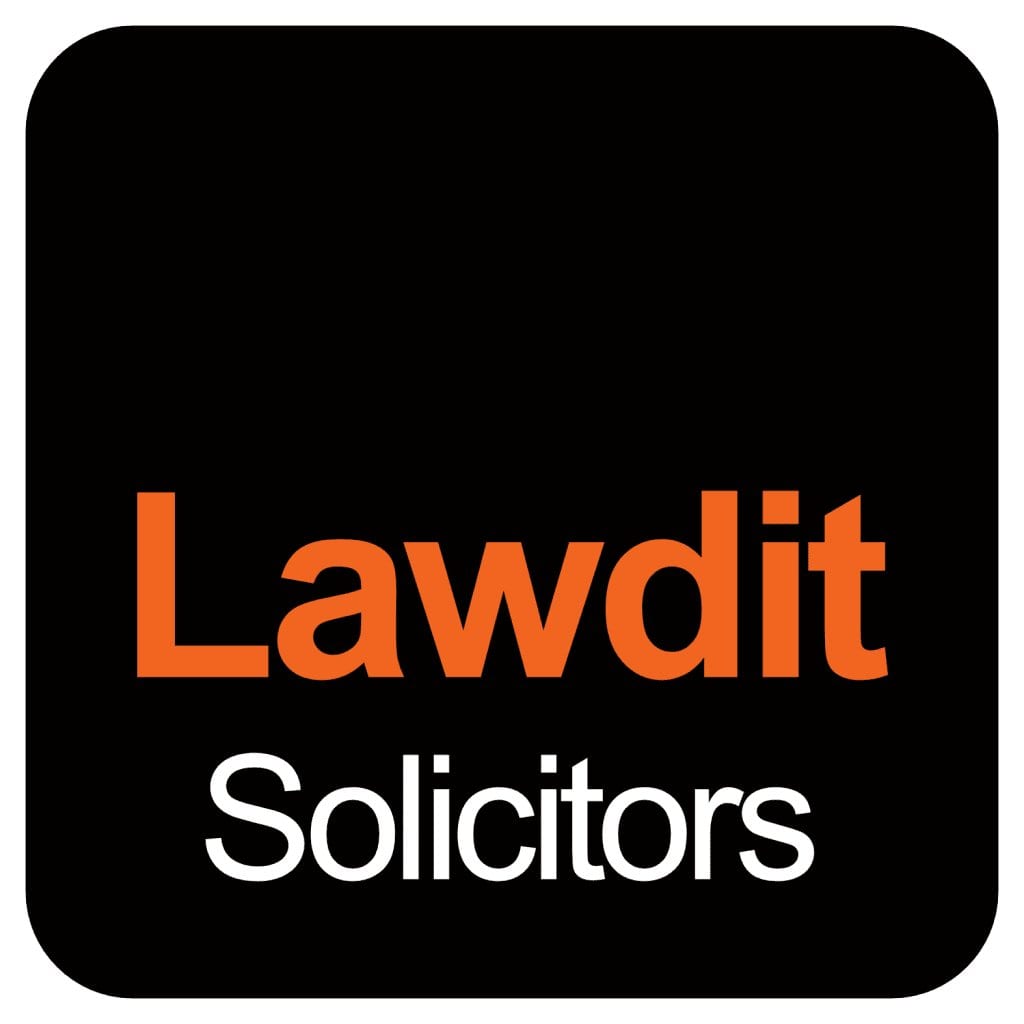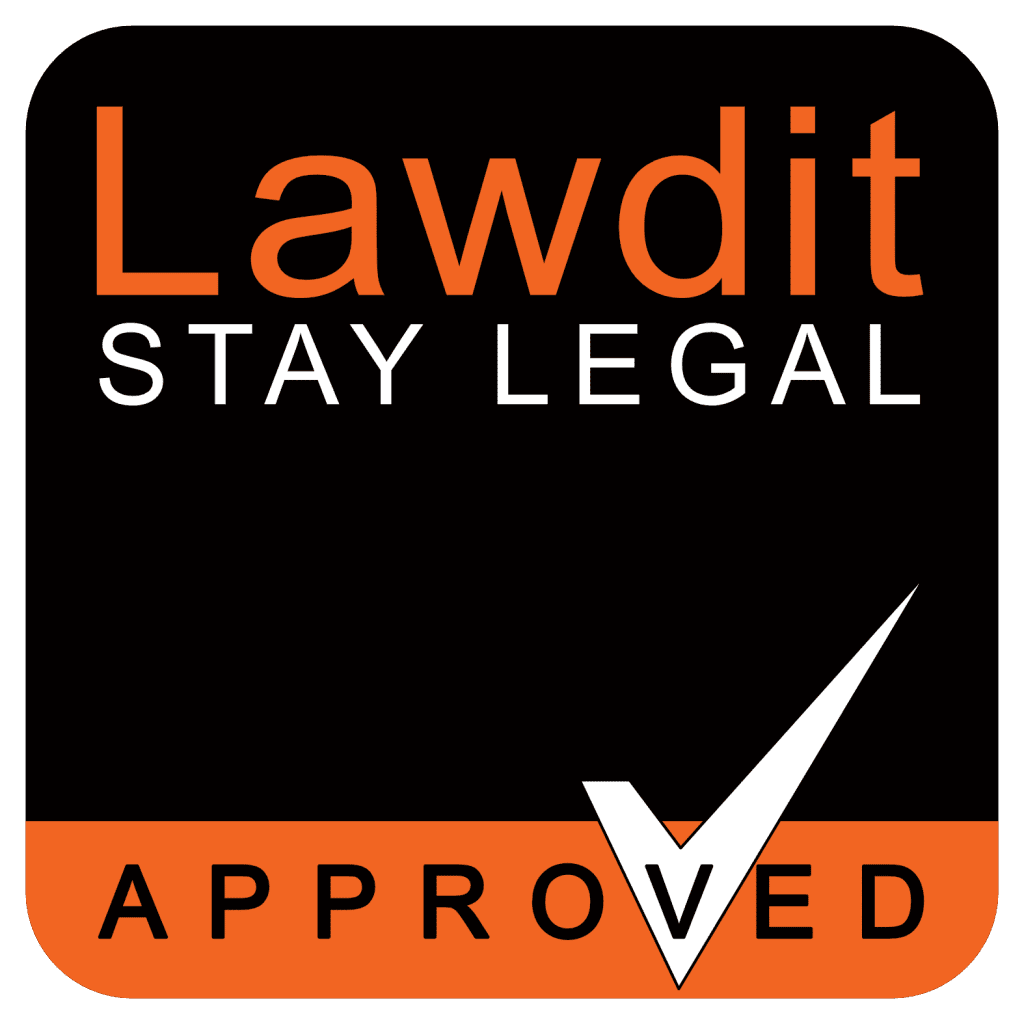
In an increasingly competitive business landscape, it’s more important than ever to protect your brand and identity. One of the most effective methods to accomplish this is by registering a trademark. This ultimate guide will provide you with a comprehensive overview of the trademark registration process, enabling you to take the necessary steps towards safeguarding your brand. Let’s get started!
1. Trademark Registration: What’s All the Fuss About?
1.1 Reasons to Register a Trademark
Registering a trademark brings along various advantages:
- Exclusive rights to your brand name and logo
- Legal protection against unauthorised usage
- Enhanced brand credibility and recognition
- A valuable asset for business expansion
1.2 Understanding Trademark Categories
It’s essential to know the different types of trademarks available:
- Word Marks: These are text-based trademarks, such as brand names or slogans.
- Logo Marks: These consist of symbols or designs that represent a brand.
- Combined Marks: These trademarks combine elements of both words and logos.
2. The Nuts and Bolts of Trademark Registration
2.1 Is Your Trademark Eligible?
Before embarking on the registration journey, ensure your trademark fulfils these requirements:
- Distinctiveness and uniqueness
- No conflicts with pre-existing trademarks
- Free from offensive or deceptive elements
2.2 The Trademark Registration Process
Follow this step-by-step guide to register your trademark:
- Conduct a comprehensive trademark search
- Prepare and compile the necessary documents
- Submit the application along with the required fees
- Await examination by the trademark office
- Monitor publication in the trademarks journal
- Address any opposition that may arise
- Obtain the registration certificate upon successful completion
3. International Trademark Registration: Expand Your Horizons
3.1 The Madrid Protocol
The Madrid Protocol simplifies the process of international trademark registration by allowing you to file a single application for multiple countries.
3.2 Pros and Cons of the Madrid System
Some advantages of the Madrid System include cost savings and streamlined administration. However, it has its drawbacks, such as reliance on the home registration for the initial five years.
4. Navigating the Complexities of Trademark Registration
4.1 Selecting the Appropriate Classification
Trademarks are categorised under the Nice Classification, a system of 45 classes. It is vital to choose the correct class or classes for your goods and services to ensure adequate protection.
4.2 Working with a Trademark Attorney
While it is possible to register a trademark independently, hiring a trademark attorney can be beneficial in navigating the complexities of the process, increasing the likelihood of a successful application.
5. Frequently Asked Questions about Trademark Registration
5.1 How long does it take to register a trademark?
The duration of the trademark registration process typically ranges from 12-18 months, subject to the complexity of the application and the efficiency of the trademark office.
5.2 What are the costs associated with trademark registration?
Costs can vary based on jurisdiction and the type of trademark. In the UK, the standard fee for a single class application is £170, with each additional class costing £50.
5.3 Is it necessary to renew a trademark registration?
Yes, trademark registration is valid for 10 years and can be renewed indefinitely, provided that renewal fees are paid.
5.4 What is the significance of the ™ and ® symbols?
The ™ symbol indicates a claim to a trademark, while the ® symbol signifies that the trademark has been legally registered.
5.5 Can a registered trademark be used without permission?
No, using a registered trademark without the owner’s permission is considered infringement and may result in legal action.
5.6 What happens if my trademark registration is opposed?
If your trademark registration is opposed, you will need to file a counterstatement and provide evidence supporting your application. It is recommended to work with a trademark attorney to address opposition effectively.
6. Protecting and Enforcing Your Registered Trademark
6.1 Monitoring for Infringement
Regularly monitoring the marketplace for potential infringements is crucial in maintaining your trademark’s value and protection.
6.2 Taking Legal Action
If you discover that your registered trademark is being infringed, consult a trademark attorney to explore legal options, such as issuing a cease and desist letter or initiating legal proceedings.
7. Conclusion
Trademark registration is a vital aspect of securing your brand and business identity. Familiarising yourself with the process and its intricacies will enable you to make well-informed decisions and successfully navigate the registration journey. Don’t wait any longer; take the leap and register your trademark today!
Written by Ellis Sweetenham – Senior Intellectual Property Law Consultant
After achieving a First Class LLB Law degree from Southampton Solent University in 2016, Ellis went on to complete an LPC LLM in Legal Practice in 2017 at the University of Law. Following her training, Ellis was admitted to the role as a Solicitor in February 2019.











